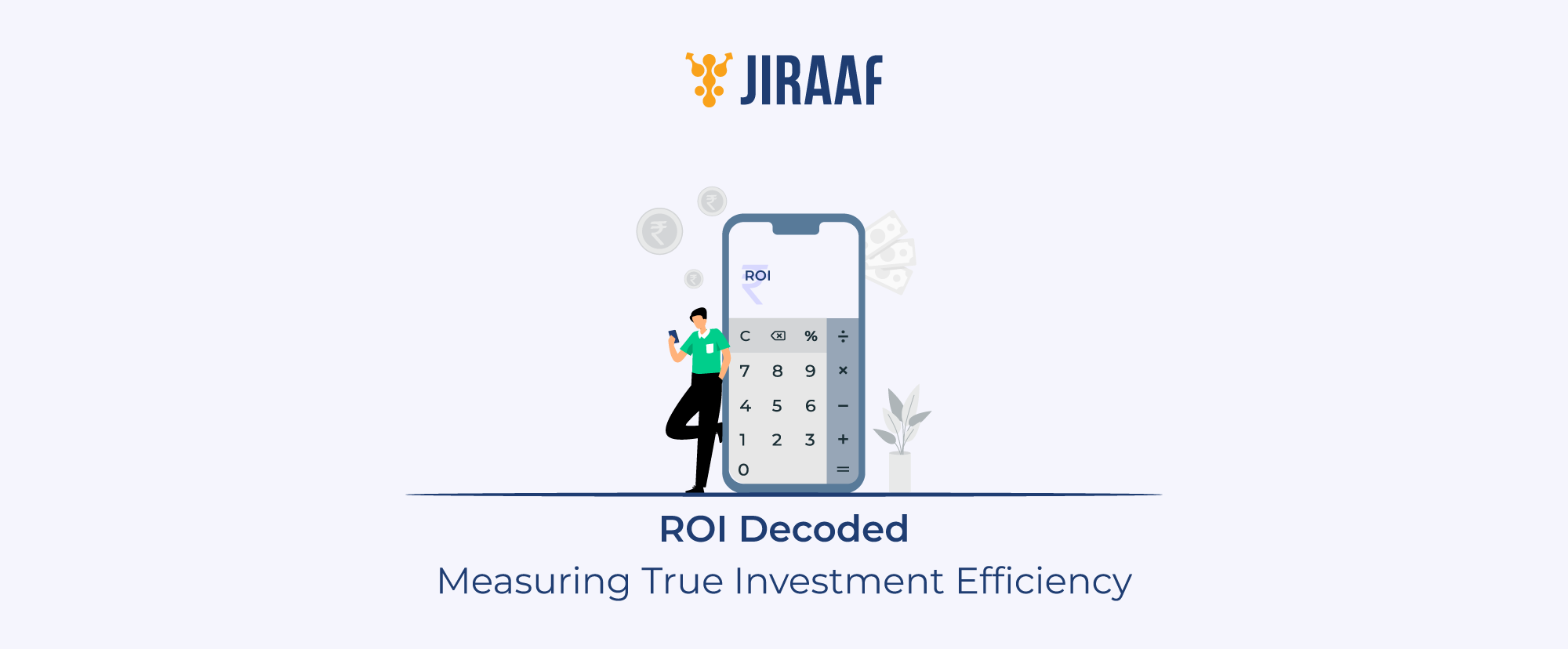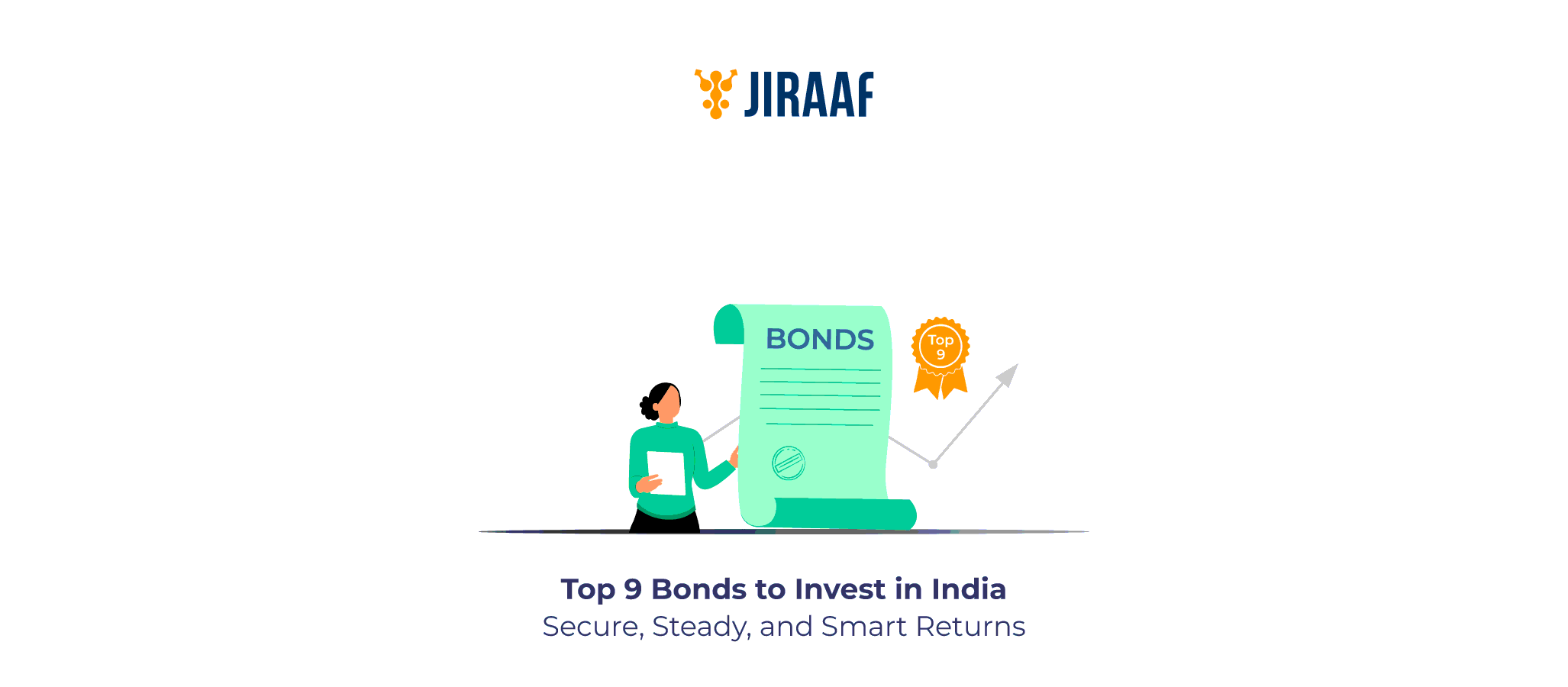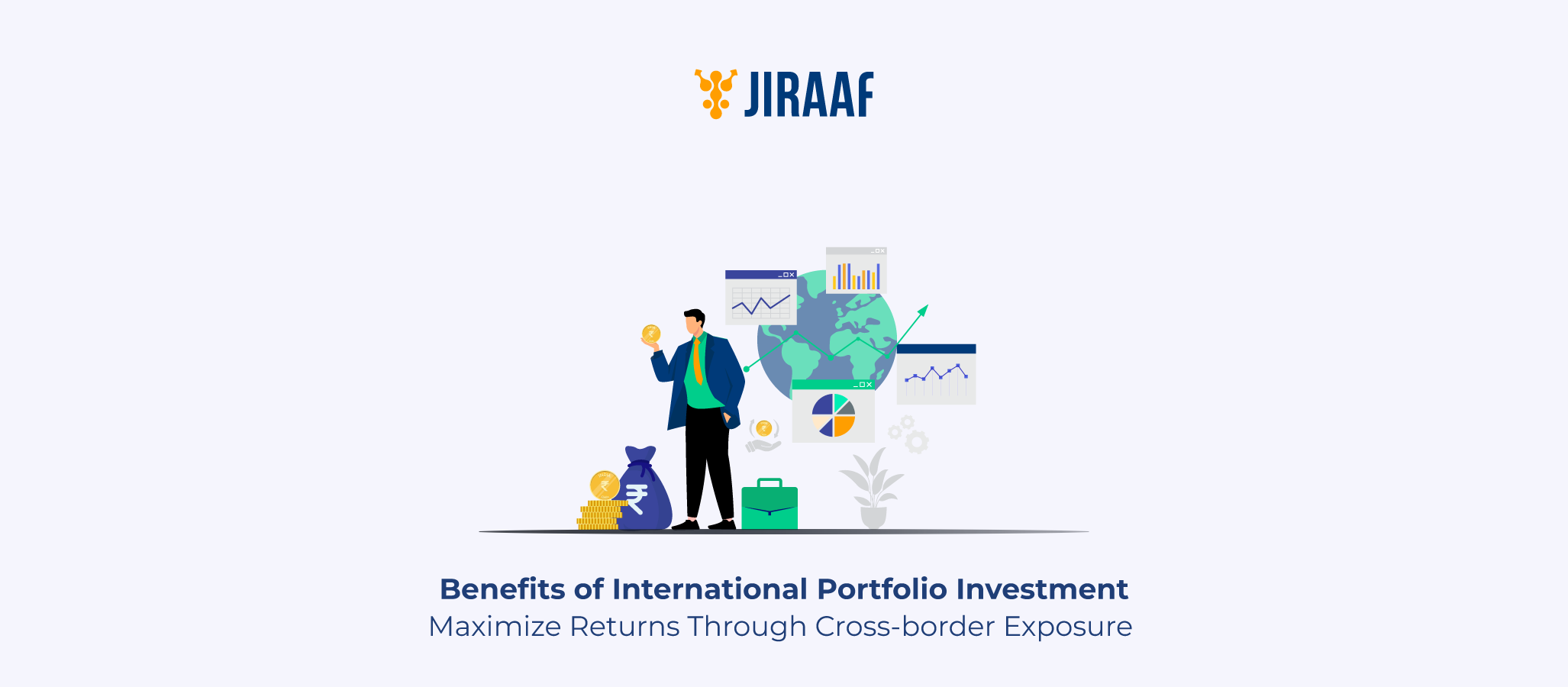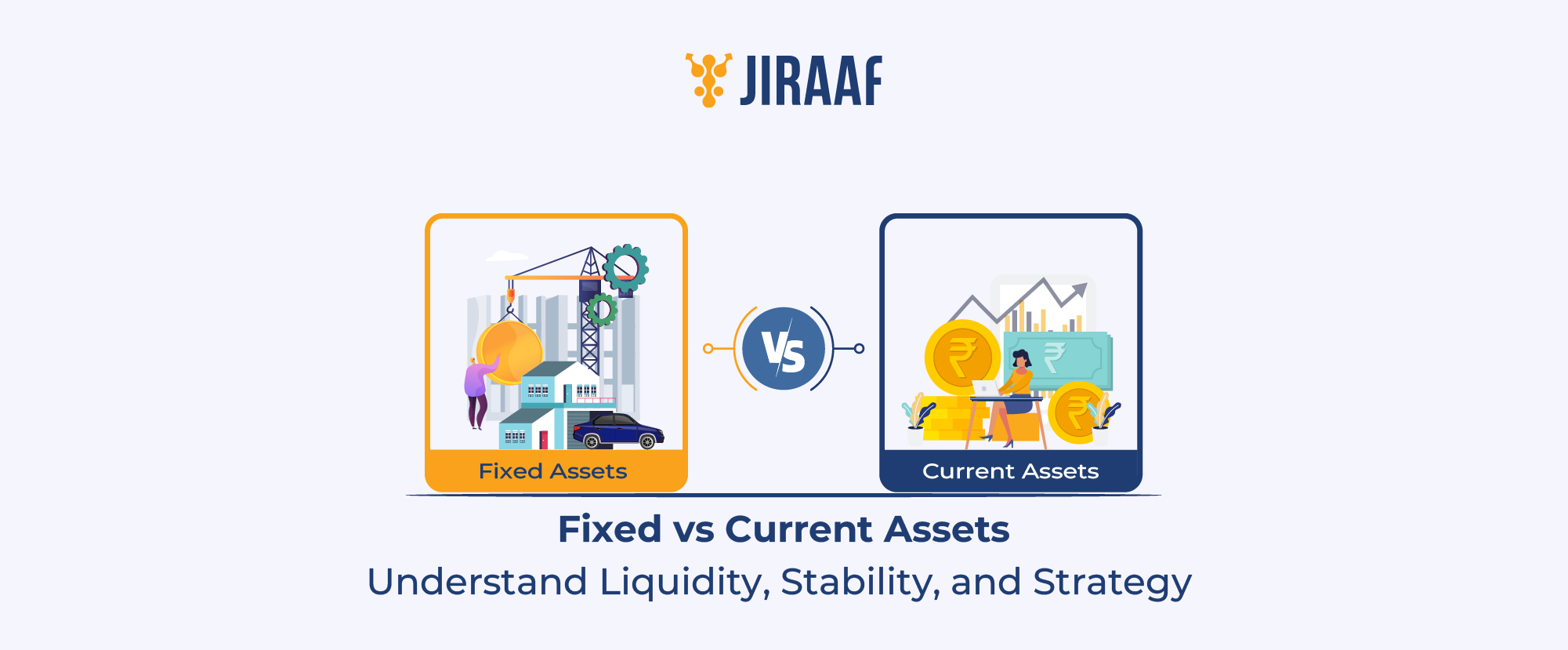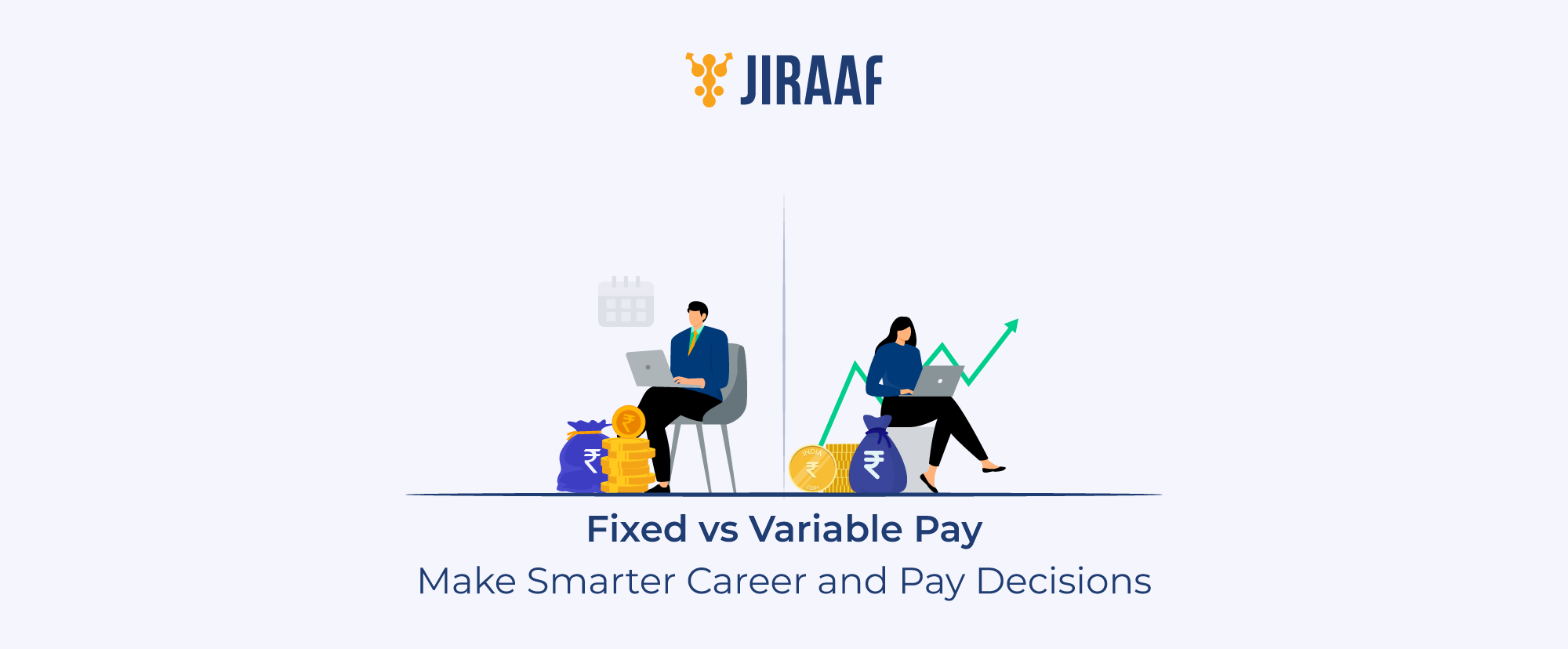For generations, women have found creative and resourceful ways to manage money—stretching household budgets, saving for rainy days, and planning ahead with remarkable foresight, even invest in gold (mostly through jewelry). Yet, when it came to formal investing, their participation often remained limited.
But that’s changing now; with greater financial independence and exposure to opportunities, more women are stepping into the world of investments with confidence. From government initiatives designed especially for women to diverse market-linked products, the landscape today offers choices that match every goal and life stage.
In this blog, we explore some of the best investment options available for modern women—to grow wealth, build security, and take full charge of their financial future.
Why Women Need Tailored Investment Plans
Women’s financial journeys often take a different shape, not because of ability, but because life demands it. Career pauses, family priorities, and longer life spans can all influence how and when women earn, save, and invest.
These unique patterns make it essential to have a plan that’s flexible yet future-focused. A tailored approach ensures that every rupee saved today continues to support tomorrow’s ambitions—whether it’s funding a child’s education, starting a business, or securing post-retirement comfort.
That’s where long-term investments play a vital role. They allow wealth to grow steadily over time, balance risks, and create a strong foundation for lasting financial independence.
With that perspective, let’s look at some of the best long-term investment options designed to help women build security and freedom through every stage of life.
Best Long-term Investment Options for Women
If you want to grow your money steadily over the years rather than just keep it safe, long-term investments are the ideal choice. They help build wealth while balancing risk and returns.
Fixed Deposits (FDs)
FDs remain a reliable long-term option, offering fixed returns and safety. Traditional FDs from large banks prioritize stability but usually offer 6–7.5% returns. Small finance banks and NBFCs, on the other hand, offer higher yields—up to 8.5% to attract deposits. Jiraaf provides access to these high-yield FDs, helping investors earn better returns while maintaining the same convenience and security.
Bonds
Once your safety base is set with FDs, you can consider bonds for higher, yet still stable, returns. The Reserve Bank of India’s Floating Rate Savings Bonds currently give around 8.05 percent for July to December 2025. Corporate bonds can provide 8 to 15 percent, depending on the company and credit rating. Jiraaf simplifies bond investing by comparing yields, ratings, and maturities, helping investors make informed choices that match their goals and risk comfort.
Mutual Funds: Equity or Hybrid
Equity and hybrid mutual funds have outperformed many fixed-income options over the past decade, delivering over 15 percent returns (as of Oct’25) recently. They are suitable for investors who can handle market ups and downs and aim for long-term growth.
Gold
Gold continues to be a reliable long-term investment. Gold ETFs and digital gold provide easy access and liquidity without the hassle of storage, making gold a flexible and secure choice.
While long-term investments help build wealth, some financial needs require quicker access. Short-term options offer investors safety, flexibility, and peace of mind, often earning more than a savings account.
While these long-term choices help build wealth steadily, some financial goals call for quicker access or shorter commitments. That’s where short-term investments come in — offering liquidity and flexibility without giving up safety.
Best Short-term Investment Options for Women
Short-term instruments help you save for immediate needs—whether it’s an emergency fund, travel plan, or any goal within the next few years.
Recurring Deposits
Recurring deposits let you save gradually with fixed monthly contributions. They suit short-term goals like holidays, gadgets, or emergency cushions. Most banks currently offer 3 to 8.5 percent interest (as of Sept’25), with slightly higher rates for senior citizens.
Post Office Time Deposits
For those seeking government-backed safety, post office time deposits work much like bank FDs but come with sovereign assurance. They offer interest rates of around 6.9 to 7.5 percent (as per Oct’25). Their accessibility makes them practical, especially in smaller towns.
Treasury Bills (T-Bills)
T-Bills are short-term government securities with 91, 182, or 364-day maturities. They are risk-free and offer 6 to 7 percent returns, ideal for parking surplus funds safely.
Having explored long-term and short-term investment options that help women grow wealth steadily, it’s equally vital to focus on avenues that offer assured stability and social purpose. Government-backed schemes serve this balance well—they combine security with empowerment.
Top Government Investment Schemes for Women
The government provides schemes that do more than offer financial support—they help women build stability, grow wealth, and gain independence. These programs give practical ways to save, invest, and plan for the future.
Sukanya Samriddhi Yojana (SSY)
Designed for the girl child, SSY can be opened anytime from birth until age ten. It offers around 8.2 percent interest per year (as per Oct’25), tax benefits under Section 80C, and allows partial withdrawals after she turns 18. With a 21-year maturity, it lays a strong financial foundation for her future goals.
Public Provident Fund (PPF)
PPF remains a dependable long-term investment for women in India, offering a 15-year tenure with an interest rate of about 7.1 percent per year (as per Oct’25). With tax benefits under Section 80C and the power of compounding, it provides a reliable path for women seeking steady growth over time.
While government schemes provide investors a strong foundation of safety and stability, building lasting wealth also means investing smartly to save on taxes. By choosing tax-efficient options, women can grow their income while keeping more of what they earn. Let’s look at some of the best tax-saving investment plans available.
Tax-saving Investment Plans for Women in India
Investing with tax benefits is like getting a little extra from your money. For women looking to grow wealth while keeping more of their income, these options work well:
Equity Linked Savings Scheme (ELSS)
ELSS funds combine equity investing with tax savings under Section 80C. They have a three-year lock-in, the shortest among tax-saving options, and historically offer around 20 percent returns (5 years of return recorded as per Oct’25). They are a good choice for women comfortable with some market risk for higher long-term growth.
Five-year Tax-saving Fixed Deposits
For women who prefer stability, five-year tax-saving FDs are reliable. They qualify for Section 80C deductions and currently offer 6.5 to 7.5 percent interest depending on the bank. The longer lock-in gives the security of fixed returns.
Unit Linked Insurance Plans (ULIPs)
ULIPs combine investment with life insurance. Premiums qualify for Section 80C deductions, and you can adjust the mix of equity and debt to match your comfort level with risk. Returns depend on market performance, making them suitable for long-term growth with protection.
Once you know where to invest, the next step is figuring out how to invest smartly, combining strategy, timing, and discipline to make your money work effectively.
Investment Tips for Women to Build Lasting Wealth
Knowing the right options is only half the journey. What really matters is understanding how to invest in a way that fits your life. Every woman’s financial path is different, and the best way forward depends on a mix of personal factors that all connect with each other.
1. Age Matters
The stage of life you are in often sets the tone for your investment choices. In your 20s or early 30s, you have the advantage of time, which makes it easier to take risks with equities or growth-oriented funds. As retirement gets closer, the focus naturally shifts toward safer instruments like fixed deposits, bonds, or government-backed schemes that help preserve capital.
2. Income and Stability
Age ties closely with income. A steady salary in your working years can give you the confidence to explore equities and higher growth products. On the other hand, if your income is irregular, coming from sources such as freelancing or running a business, safer and more liquid investments may suit you better, since they provide flexibility when you need it most.
3. Objectives and Tenure
Once income is considered, the next question is why you are investing. Goals shape every decision. Saving for a house, your child’s education, or retirement each comes with a different time frame. Short-term goals are best matched with safer tools like recurring deposits or treasury bills, while long-term aspirations can rely on equity, the public provident fund, or bonds to build steady growth.
4. Risk Tolerance
Your objectives link directly to your comfort with risk. Some women are willing to accept the ups and downs of the market for the chance at higher returns, while others prefer stability even if the returns are modest. Understanding this balance is what keeps your plan both practical and stress-free.
5. Seek Expert Guidance
Bringing all of these factors together—your age, your income, your goals, and your risk comfort—is not always easy to do alone. This is where a financial advisor can make a real difference. A professional can help align all these elements into a clear plan that feels both secure and tailored to the life you want to build.
Conclusion: Financial Independence through Smart Investments
Financial planning works best when it’s built around your own life, not someone else’s template. Start by mapping your goals—short-term needs, long-term plans, and the safety net in between. Then, pick instruments that match those timelines instead of chasing trends or returns. The goal isn’t to invest everywhere, but to invest with clarity. Over time, that discipline—not luck—is what turns income into independence.



